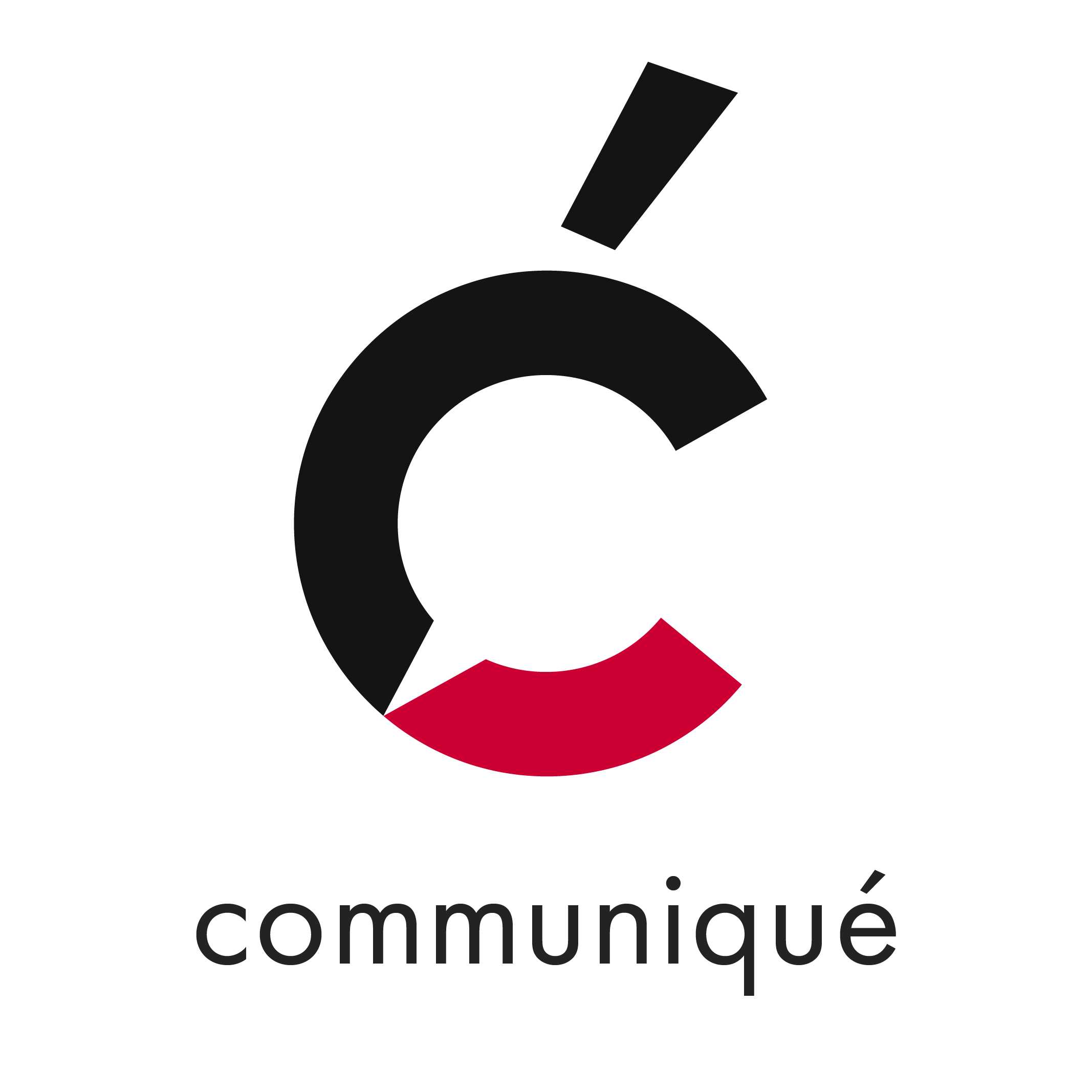
The field of technical writing is largely unknown to the average person. What is the role of a technical writer? And what do you actually do throughout the day working as one? When I was first researching the job role, I found that a Google search did not help with my questions – if anything, it only prompted more. Simply put, a technical writer’s primary role is to review a technically complicated process and re-write it into a simple, easy-to-digest format that an average person can understand; in a sense, it is a form of a “translation” from one “language” to another.
Ironically, the first definition I could find is riddled with jargon and does not provide enough information to get a feel of the actual job (maybe a technical writer needs to re-write this definition!):
“Technical writing is any written form of writing or drafting technical communication used in a variety of technical and occupational fields, such as computer hardware and software, engineering, chemistry, aeronautics, robotics, finance, consumer electronics, and biotechnology.” (Definition from Wikipedia page on Technical Writing)
In this blog post, I will outline the workflow of a typical technical writing project.
Scenario: You work for a leading mobile developer and a new phone is being released in 1 month. You and a team of 3 other technical writers are responsible for creating all public-facing documentation for this phone.
Day to Day Workflow:
1. Collect Information
Many, many meetings. This is a new product that is being released and at the current moment, zero documentation exists. Your first role is to meet with code developers, product managers, marketing majors and in-house business analysts; your team needs to define what documentation needs to be created and by when. This role can be very dynamic and rewarding and breaks up the “feared” monotony imagined when working at a desk job.
2. Parse Information
Now that you have collected an overwhelming amount of information about the new product, you must decide what is important and what format it will be presented in. This can include formats such as (but not limited to):
-
Website marketing material
-
Videos on YouTube
-
Brochures & pamphlets
-
Training manuals
3. Verify Information
Great, you have decided on what needs to be delivered. Now it is up to you to verify everything you have received is correct! This will consist of experimenting with the product (in our case, a mobile phone) and both scheduling and attending more meetings with product experts.
4. Create Material
Finally, the actual writing happens. Now you will create the documents you have spent the last few weeks planning for. This stage is very rewarding because you end up with highly polished, tangible documents that are used day to day by consumers.
5. Take a Breather (but Not for Long!)
As soon as you finish the lifecycle of a document, another one is waiting around the corner to be started! In this “downtime”, you will help others around the office by editing existing documents, creating copy for other departments (i.e. - the visual-design team), assisting with video editing or working in Photoshop!
Technical writing is a very dynamic and interactive form of writing. You are constantly stimulated to discover how new things work -- it is a necessity to enjoy learning! You will enjoy it if you are organized, have a curious nature and enjoy working both in a team and individually.
















